After the Panikhida Sunday night I shared with the parents that when my baby died I was not yet Orthodox, and so he did not get to have an Orthodox funeral. I told them I was experiencing this with them, and in many ways it felt like it, though I'm sure the pain is not as acute as it was when the loss was still new in my case. I have been hungry for these services and to know what it was like for them as Orthodox. When my son died I had a confidence that he went to be with the Lord, but the Orthodox services have the clout to back that up and the poetry to express it well.
Father Basil had told us at Church Sunday morning that the funeral service for an infant is different than for an adult because babies are considered Saints since they have not sinned.
One of the monks at the monastery where Jamie is buried said, "It is rare to have a funeral where you have no doubt where the person is."
Here are some excerpts from The Service for the Burial of an Infant (St. John of Damascus Orthodox Mission),
Let us not lament the infant, but rather mourn for ourselves who sin always, that we may be delivered from Gehenna.
Thou hast deprived the infant of earthly delights, O Master. As the Righteous Judge, do Thou count him worthy of heavenly good things.
He hath taken thee from the earth and numbereth thee with the choir of the saints, hath shown thee a citizen of Paradise, O truly blessed infant. (from Ode 4)
"Lament not for me, for I have in no way begun to be meet for weeping, But rather weep always for yourselves who have sinned, O kinsmen and friends," the dead infant cries out, "that, tested you not receive torment." (from Ode 5)
Thou hast deprived Thine infant of earthly good things, that Thou mayest show him a partaker of Thy Heavenly good things, in-asmuch as he has not transgressed Thy divine command. We glorify the boundless depth of Thy judgment, O Good One. (from Ode 6)
With Thy light, o Word, do Thou illumine the face of Thine infant, who, in the Faith, has now been translated unto Thee at an untimely age, and sings unto Thee: O Lord God, blessed art Thou.
Thy parting now appears to be a cause of sorrow unto them that love thee, but for thee, in truth, obtains joy and gladness. For thou, O infant, inheritest eternal life.
Behold my affliction, O Virgin, which the multitude of my evils have brought upon me. And before I depart hence, by thy maternal prayers grant me refreshment, that God may be merciful to me. (from Ode 7)
In his rage the Chaldean tyrant ordered the furnace to be heated sevenfold for the Godly Ones. But having seen them saved by a better might, he cried aloud unto their Maker and Redeemer: You Children, bless; you Priests, sing; you people, highly exalt Him unto all the ages.
Refrain: Give rest to the soul of the infant, O Lord.
May Christ establish thee in the bosom of Abraham, in the abodes of rest, where is the joy of them that ever keep festival, in the places of release where living water is, Who dist become an infant for the sake of us who are crying out unto Him unceasingly: You Priests, sing; you people highly exalt Him unto the ages.
The constant memory of thy parting, in truth, has become for us a cause of sorrows and tears. For before tasting the beautiful things of this life, thou hast departed the earth and the bosom of thy parents. But Abraham's bosom shall receive thee as an infant that had no part in any defilement.
Let us bless the Father, and the Son, and the Holy Spirit, the Lord.
"Why do you mourn me, the infant that has been transplanted hence?" he cries out invisibly, as he lies dead. "For there is no cause for grief. For the joy of the righteous is appointed unto infants who have committed no deeds worthy of tears. For they sing unto Christ: You Priests, sing; you people, highly exalt Him unto the ages!" (from Ode 8 )
O Christ Who dist become an Infant, yet without change; Who, of Thine own will, didst unite Thyself unto the Cross and didst behold the maternal affliction of her that gave Thee birth: Do Thou ease the sadness and cruel grief of the faithful parents of the dead infant, that we may glorify Thy majesty. (from Ode 9)
***
In addition to these comforting words which tell us the state of our dearly departed infant, the Orthodox funeral service speaks to the grief of the mourning loved ones, especially the parents, as Reader David Bryan also brought out today.
No one is more pitiful than a mother,/
and no one is more wretched than a father,
for their inward beings are troubled/
when they send forth their infants before them./
Great is the pain of their hearts because of their children,/
and still more when these are pleasing of speech,/
as they call to remembrance/
their words with the song://
Alleluia.
For often before the grave they beat their breasts and say:/
"O my son, and sweetest child!/
Hearest thou not what thy mother says?/
Behold, also, the womb that bore thee./
Why speakest thou not with us,/
as once thou didst speak?/
But thout art silent/
and speaketh not with us://
Alleluia!"
"O God, God, Who hast summoned me;/
Be Thou the consolation of my household now,/
for a great lamentation has befallen them./
For all have fixed their gaze on me,/
having me as their only-begotten one./
But do Thou, Who wast born of a Virgin Mother,
refresh the inward parts of my mother,/
and bedew the heart of my father with this://
Alleluia!"
***
The burial at Holy Archangels monastery was sad but peaceful, and the monks chanted very gently and sweetly in Greek while the breeze was blowing over us. When they were lowering the casket, a big sustained gust came and my daughter Rachel, and later Jamie's mother remarked that they thought it was a special gift. George just said that when it happened what went through his mind was, "Precious in the sight of the Lord is the death of His Saints."
[edited to include a link to the wonderful Homily given by Fr. John at Jamie's funeral]
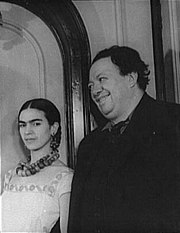
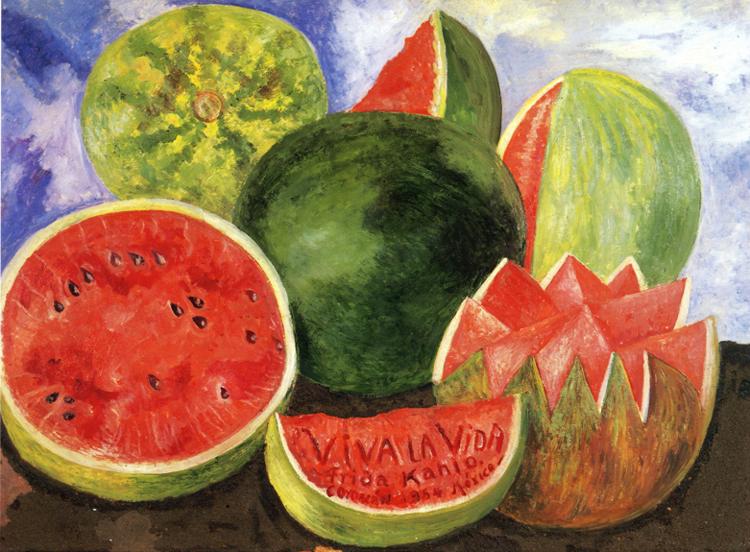
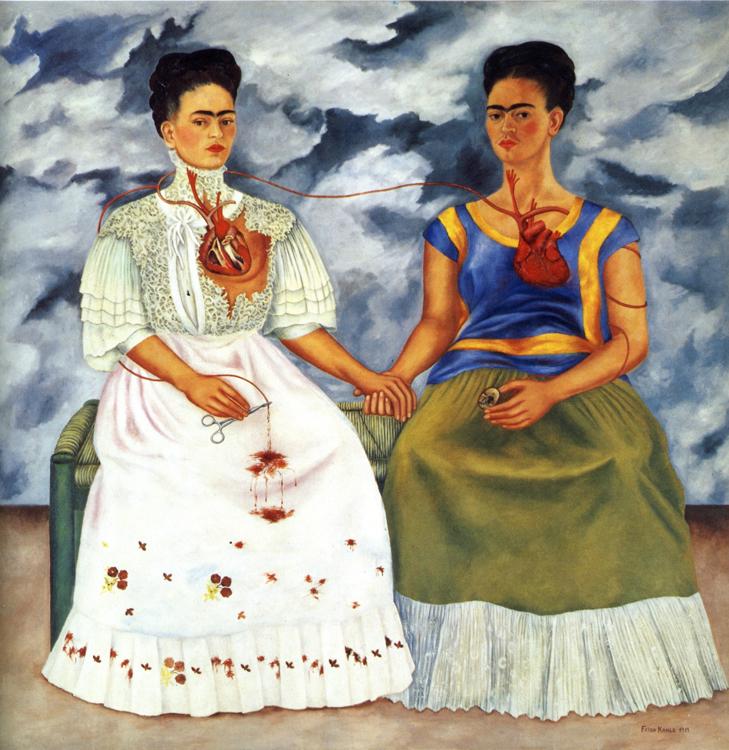
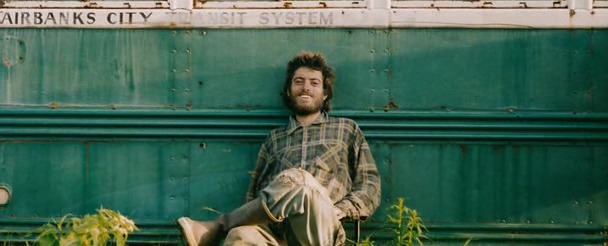


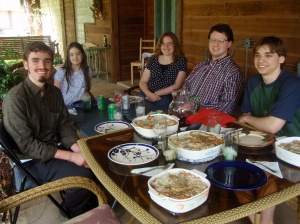



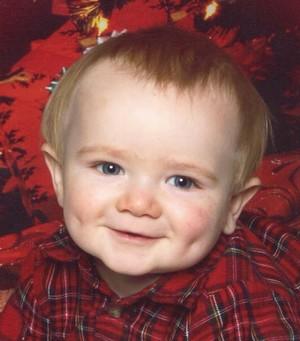
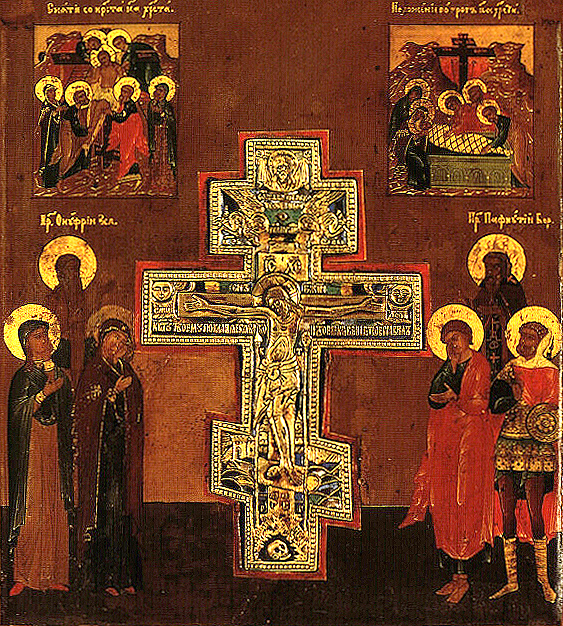

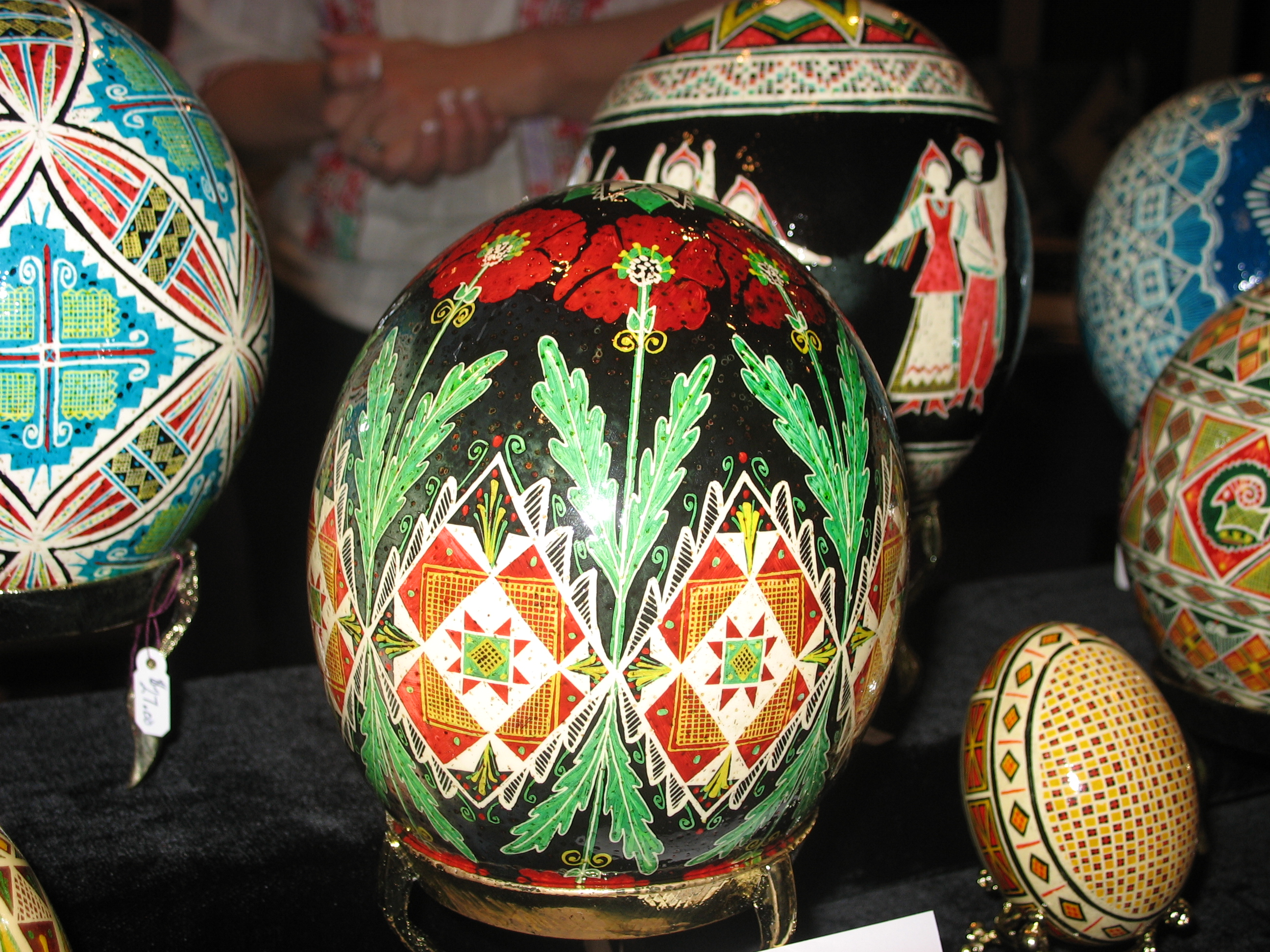
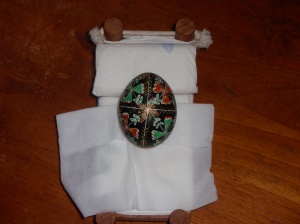
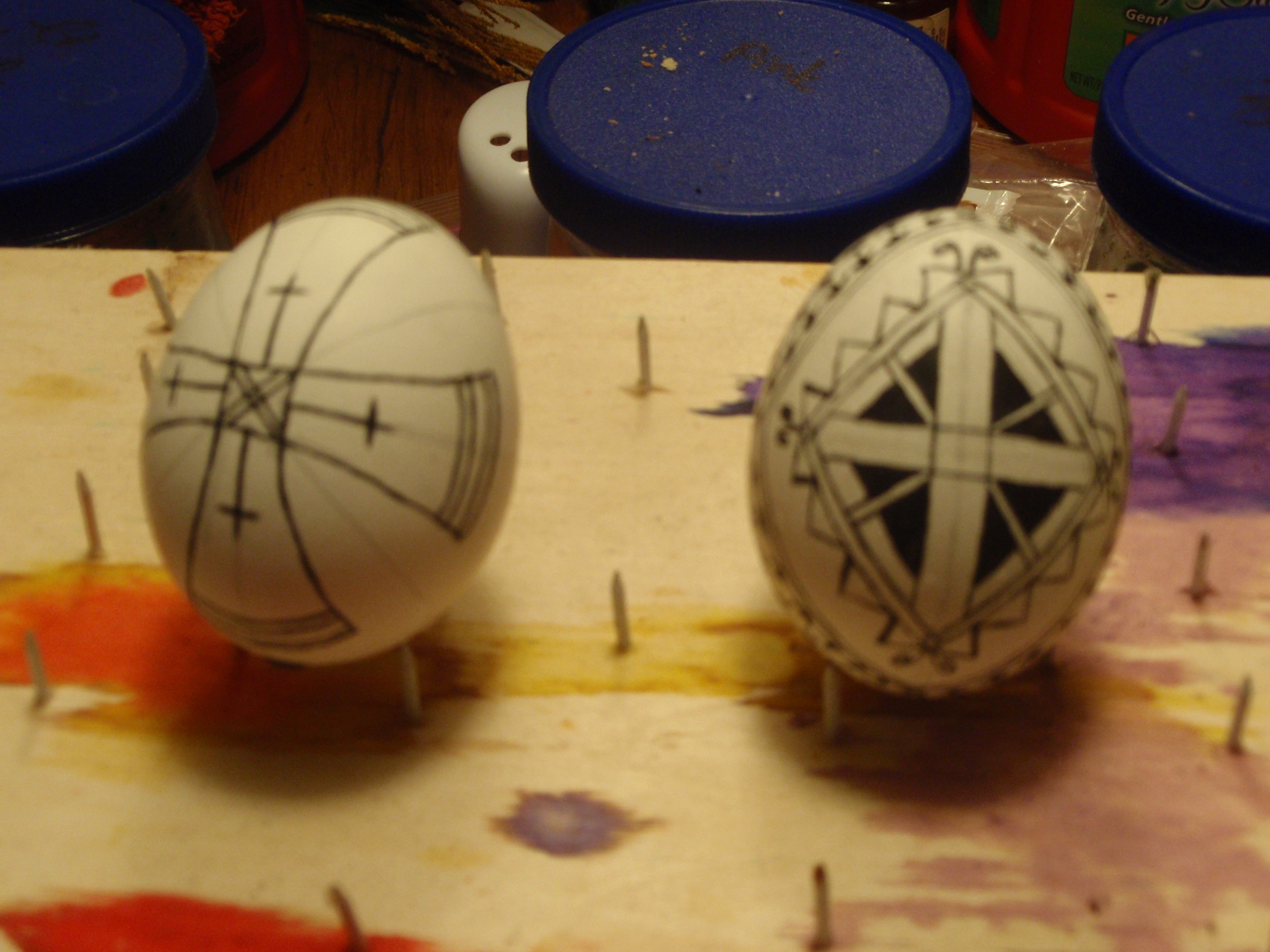
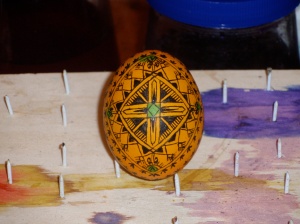
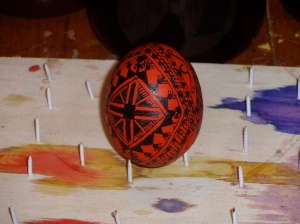


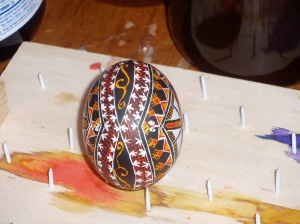

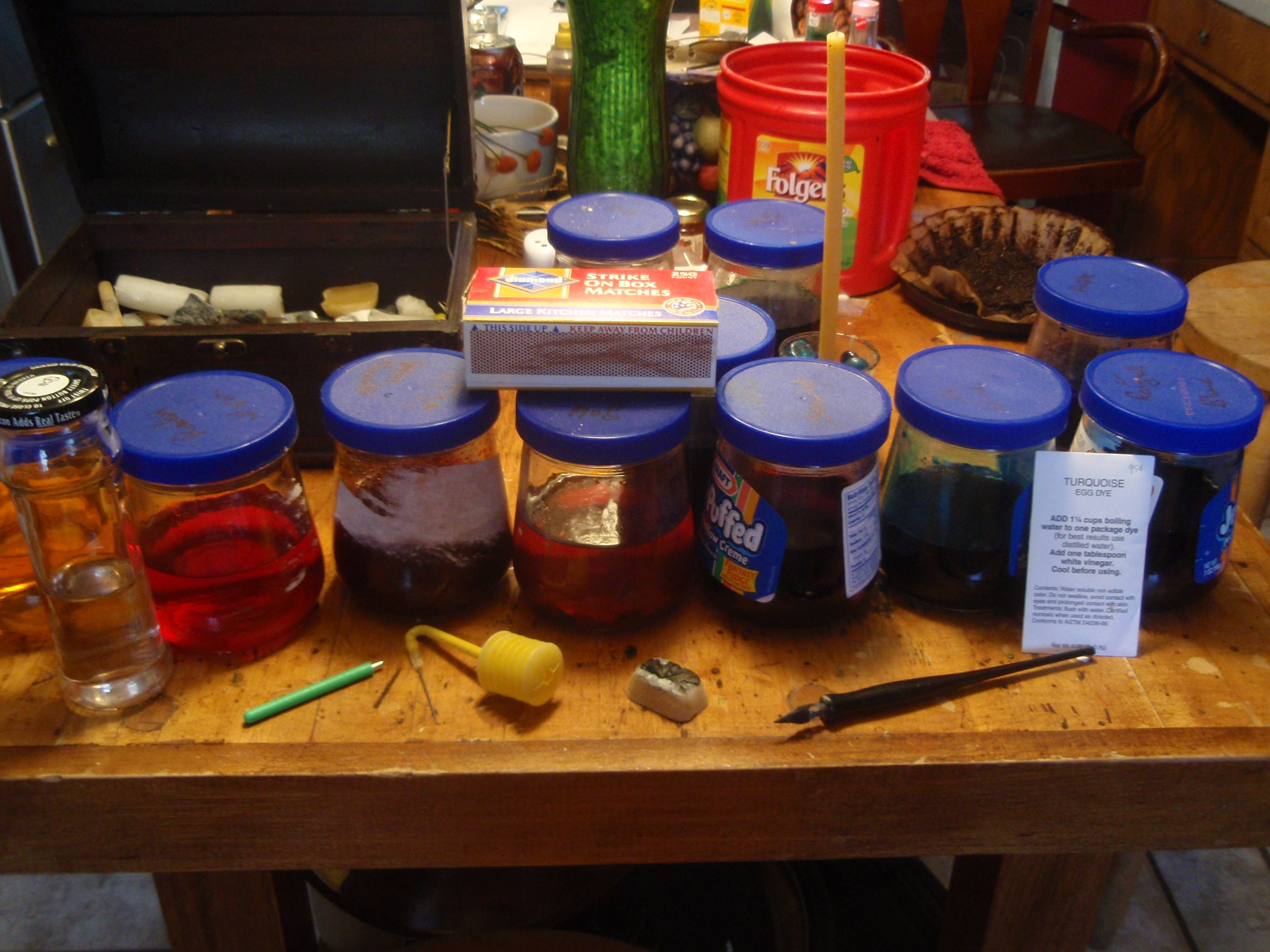


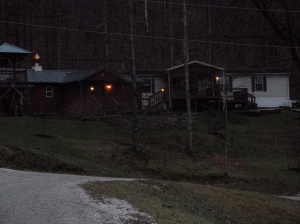
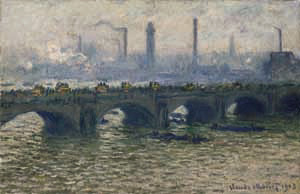 I watched a program on Monet the other day which made a comment about his industrial cityscapes being unusual compared to other Impressionists who avoided them. I can't find the painting they talked about, but his
I watched a program on Monet the other day which made a comment about his industrial cityscapes being unusual compared to other Impressionists who avoided them. I can't find the painting they talked about, but his